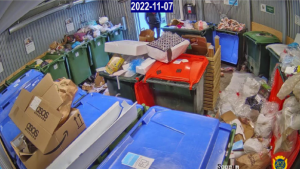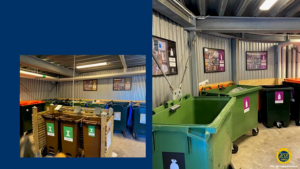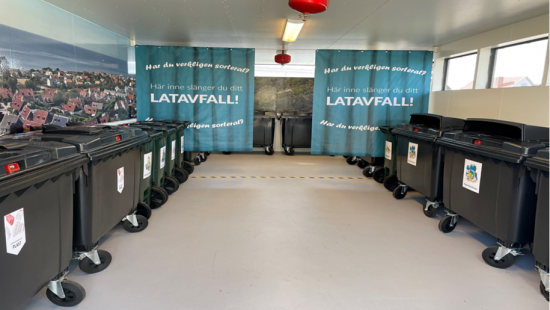In the spirit of cooperation that defines the European Week for Waste Reduction, today we highlight an inspiring initiative from our Swedish coordinator, Avfall Sverige, showing how collaboration can drive real change in waste management.
In Sweden, owners of multifamily residential buildings are taking an active role in improving conditions for source separation—the key to effective recycling. Physical conditions are crucial to success: clean bins, sufficient space, good lighting, and clear signage all determine how well residents sort their waste.
To promote learning and exchange of good practices, three national property organizations and three waste management associations will meet during EWWR. The gathering, initiated by Avfall Sverige, aims to identify challenges, share experiences, and discuss practical solutions for more efficient waste separation in residential areas.
Experience in Sweden shows that close cooperation between property owners and waste management organizations is essential to motivate tenants to separate recyclable materials from residual waste. A good example comes from the housing company Tunabyggen in Borlänge, which reduced its residual waste by 22% in just two years through close collaboration with the local waste authority and targeted communication with tenants.
At the upcoming meeting, Avfall Sverige will also present a new national goal:
➡️ 30% less residual waste by 2030, compared with 2023 levels.
All participating organizations are invited to adopt this target as their own. Achieving it means increasing the collection of packaging and paper for material recycling and ensuring that food waste is sent to anaerobic digestion, turning it into biogas and biofertilizer.
We hope that this meeting, and our shared goal, will lead to new and inspiring examples that can be shared across the country,” says Karin Jönsson, Communications Officer at Avfall Sverige.
The timing of this initiative, launched during EWWR, is intentional.
EWWR is the perfect opportunity to raise awareness about how we can work together to improve recycling. Knowing that so many positive initiatives are happening simultaneously, all aiming in the same direction, makes it easier to believe that change is possible,” Jönsson adds.
Before and After: Malmö Example
A waste room in Malmö was completely transformed through cooperation between a property owner and the local waste management organization, showing how physical improvements can make sorting easier and more appealing.


Creative Solutions in Höganäs
In Höganäs, a property owner was advised to move residual waste containers to the back of the garbage room, almost hidden behind curtains labelled “Lazy waste – Have you really source separated?”
Small drop-in holes prevent residents from dumping large unsorted bags, while decorative wall graphics make the room more pleasant. The number of bins and collection frequency were also optimized to match actual waste quantities—resulting in better sorting and cleaner waste rooms.

 EN (full site)
EN (full site) ITA
ITA FRA
FRA POR
POR ESP
ESP CAT
CAT DEU
DEU NED
NED HUN
HUN